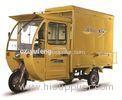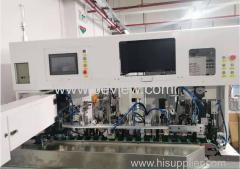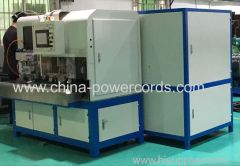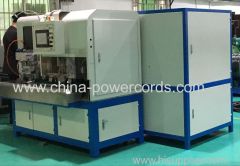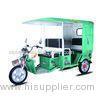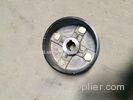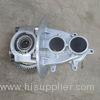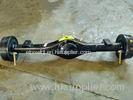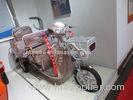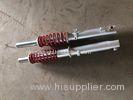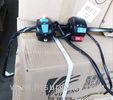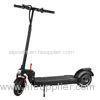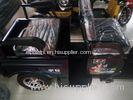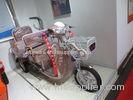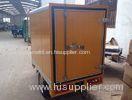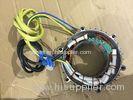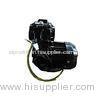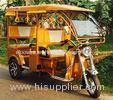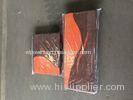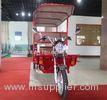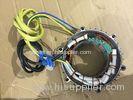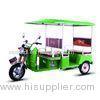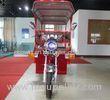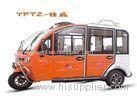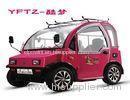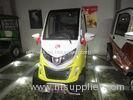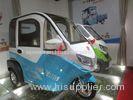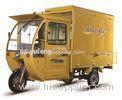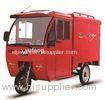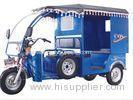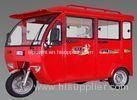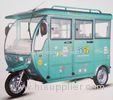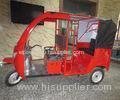|
Changzhou Yufeng Vehicle Co.,Ltd
|
Electric Powered Custom Food Trucks / Foot Brake Electric Food Car Tricycle
| Place of Origin: | Jiangsu, China (Mainland) |
|
|
|
| Add to My Favorites | |
| HiSupplier Escrow |
Product Detail
A food car is a mobile kitchen that is set up on the street to facilitate the sale and marketing ofstreet food to people from the local pedestria
A food car is a mobile kitchen that is set up on the street to facilitate the sale and marketing ofstreet food to people from the local pedestrian traffic. Food carts are often found in large cities throughout the world and can be found selling food of just about any variety.
Food carts come in two basic styles. One allows the vendor to sit or stand inside and serve food through a window. Another uses all of the room inside the cart for storage and to house the cooking machinery, usually some type of grilling surface. The cart style is determined principally by the type of food served at the cart.
Food carts are different from food trucks because they do not travel under their own power. Some food carts are towed by another vehicle, while some alternatively are pushed by a human or animal or bicycle.
Portland, is now home to many food cart "pods". These groups of food carts can have a few options, or span entire city blocks. Some of the most popular food cart pods offer a great selection of craft beer.
The material of both sides is fiber glass which has the following characteristics: high strength, light weight, corrosion resistant, insulating, fire resistant. The wall frame is welded by square tubes, the middle layer is heat insulation one.
The metal base plate is easy to be cleaned The backboard of the food cart uses doublelayer color steel plate with thermal insulating layer; the material of the front serving window is anti-impact board
Competitive Advantage:
1. thoughtful service
2. best quality
3. pretty competitive price
4. prompt delivery
The usage of "battery" to describe a group of electrical devices dates to Benjamin Franklin, who in 1748 described multiple Leyden jars by analogy to a battery of cannon[6] (Benjamin Franklin borrowed the term "battery" from the military, which refers to weapons functioning together).
Alessandro Volta built and described the first electrochemical battery, the voltaic pile, in 1800. This was a stack of copper and zinc plates, separated by brine-soaked paper disks, that could produce a steady current for a considerable length of time. Volta did not understand that the voltage was due to chemical reactions. He thought that his cells were an inexhaustible source of energy, and that the associated corrosion effects at the electrodes were a mere nuisance, rather than an unavoidable consequence of their operation, as Michael Faraday showed in 1834.
Although early batteries were of great value for experimental purposes, in practice their voltages fluctuated and they could not provide a large current for a sustained period. The Daniell cell, invented in 1836 by British chemist John Frederic Daniell, was the first practical source of electricity, becoming an industry standard and seeing widespread adoption as a power source for electrical telegraph networks. It consisted of a copper pot filled with a copper sulfate solution, in which was immersed an unglazed earthenware container filled with sulfuric acid and a zinc electrode.

